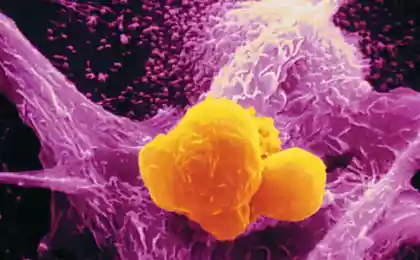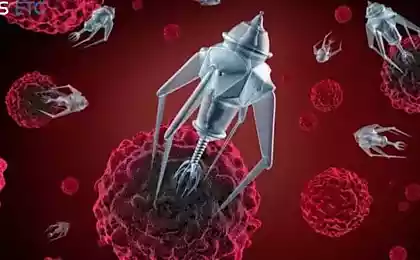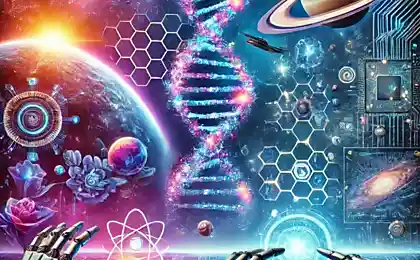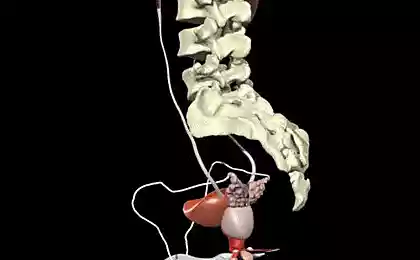431
10 examples of the influence of pharmaceuticals on the nature
Pharmaceutical drugs are all. Runny nose, upset stomach, flu — and we immediately run to the pharmacy for pills. But we don't think that happens with drugs then, after use. Consider 10 scenarios, which can lead to the improper disposal of pharmaceuticals. 10. Water pollution

Although modern filtration systems purify the water from all sorts of debris, they are not able to filter out all harmful chemicals. In many rivers and lakes where we get drinking water contains traces of drugs. The good news is that because of the low concentrations they can cause serious harm.
9. Reckless shrimp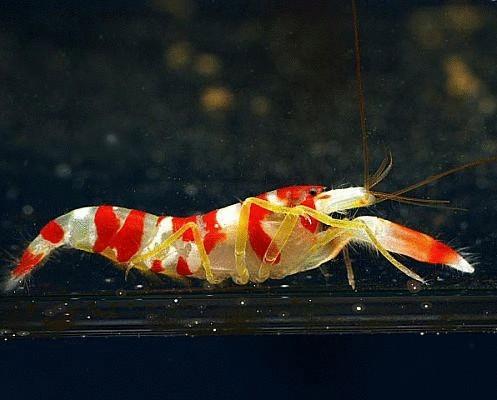
Scientists have discovered that shrimp are sensitive to certain substances contained in the antidepressants. In the natural habitat of the shrimp hide from predators in dark places. When added to the water of fluoxetine shrimp "lose" the fear, drawn to the light and are more likely to leave their gloomy abode, becoming easy prey.
8. Aggressive cuttlefish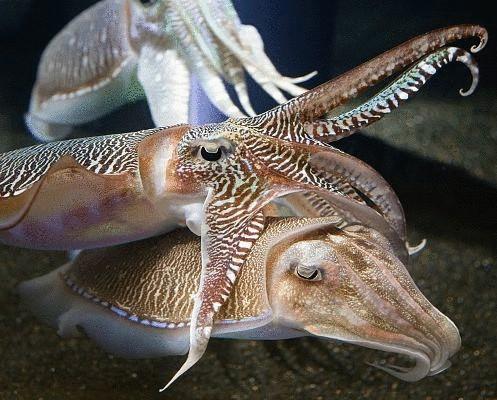
Antidepressants have an effect on other inhabitants of the sea — the cuttlefish. A small experiment revealed an interesting feature. In a glass bowl put the shrimp (a traditional object of hunting cuttlefish); in normalno condition cuttlefish gave up and stopped hunting when he understood that she and shrimp have some barrier. Cuttlefish "on the pill" became more aggressive and couldn't stop, spending a lot of energy known-an empty idea. Such zeal in the wild entails a rise in mortality.
7. The death of plankton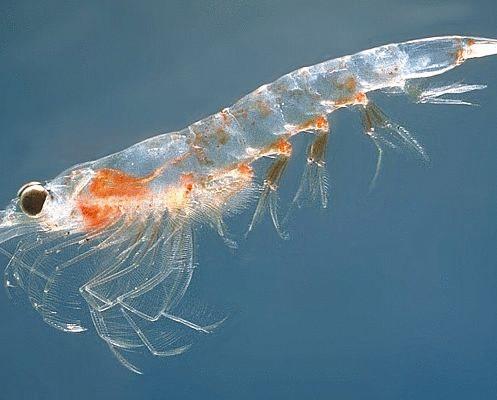
Zooplankton occupy an important place in the food chain: if the number is reduced, this may lead to reduced fish populations. During the experiments, representatives of the zooplankton (Daphnia) were placed in solutions of different substances, antidepressants and cholesterindegrading drugs. Daphnia react differently (mostly pretty weak) and easily survived. In the mixture of cholesterol and antidepressants have killed up to 90% of the population.
6.Sex change in fish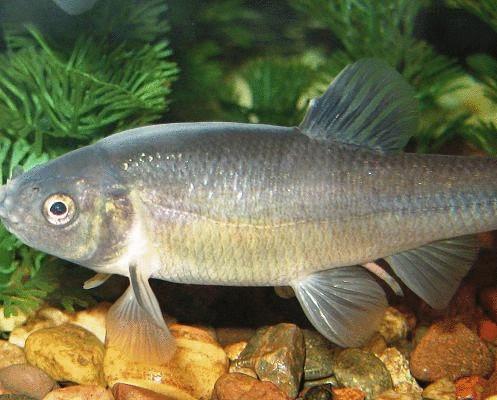
Fathead minnow, were sensitive to birth control medication. When you add a small amount of estrogen that is part of contraceptives in the test tank minnows male "feminized" and began to spawn. This sex change was disastrous for the population had fallen to 1%.
5. Soil contamination
It is rarely spoken aloud, but hundreds of farmers all over the world as fertilizer use the products of human activity. The USGS conducted a study thus fertilized soil. They found traces of drugs, detergents and cosmetics. Scientists fear that penetrated even deeper, these substances can cause pollution of drinking water.
4. Effect on plants
Researchers from Exeter University decided to study the impact of two of the most common painkillers on the planet of diclofenac and ibuprofen on the growth of various plants. The effect was quite specific, for example, treated with diclofenac roots radish inhibited the growth of, and ibuprofen had an impact on early root development of lettuce.
3. The destruction of vultures
In the late 90-ies in South Asia have begun to die vultures. Short-term, the population has declined by 95%, putting on the brink of extinction three species. The reason for that was the drug diclofenac, which treated cattle fever. If the cows the drug acted positively, in birds it's called renal failure.
2. The increase in the probability of prostate cancer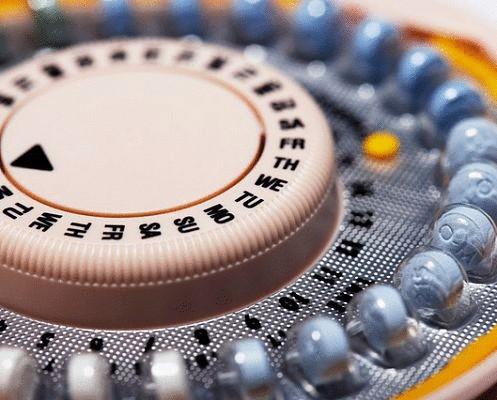
A new study has found a link between contraceptive pills and prostate cancer. The estrogen contained in oral contraceptives, end up in the water system. Hormones have damaging effects on the endocrine system, which as practice shows, can cause prostate cancer.
1. Antibiotic resistance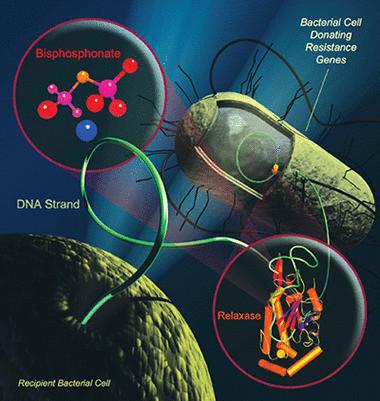
© Scott Lujan, UNC-Chapel Hill
Bacteria are every day becoming more ustoichivyi the action of antibiotics, taking the lives of millions of people. This is especially noticeable in countries where the majority of medicines in China and India. And the constant presence of traces of antibiotics in drinking water only aggravates the situation.published
P. S. And remember, only by changing their consumption — together we change the world! ©
Source: www.popmech.ru/science/58612-10-primerov-vliyaniya-farmatsevtiki-na-prirodu/#full

Although modern filtration systems purify the water from all sorts of debris, they are not able to filter out all harmful chemicals. In many rivers and lakes where we get drinking water contains traces of drugs. The good news is that because of the low concentrations they can cause serious harm.
9. Reckless shrimp

Scientists have discovered that shrimp are sensitive to certain substances contained in the antidepressants. In the natural habitat of the shrimp hide from predators in dark places. When added to the water of fluoxetine shrimp "lose" the fear, drawn to the light and are more likely to leave their gloomy abode, becoming easy prey.
8. Aggressive cuttlefish

Antidepressants have an effect on other inhabitants of the sea — the cuttlefish. A small experiment revealed an interesting feature. In a glass bowl put the shrimp (a traditional object of hunting cuttlefish); in normalno condition cuttlefish gave up and stopped hunting when he understood that she and shrimp have some barrier. Cuttlefish "on the pill" became more aggressive and couldn't stop, spending a lot of energy known-an empty idea. Such zeal in the wild entails a rise in mortality.
7. The death of plankton

Zooplankton occupy an important place in the food chain: if the number is reduced, this may lead to reduced fish populations. During the experiments, representatives of the zooplankton (Daphnia) were placed in solutions of different substances, antidepressants and cholesterindegrading drugs. Daphnia react differently (mostly pretty weak) and easily survived. In the mixture of cholesterol and antidepressants have killed up to 90% of the population.
6.Sex change in fish

Fathead minnow, were sensitive to birth control medication. When you add a small amount of estrogen that is part of contraceptives in the test tank minnows male "feminized" and began to spawn. This sex change was disastrous for the population had fallen to 1%.
5. Soil contamination

It is rarely spoken aloud, but hundreds of farmers all over the world as fertilizer use the products of human activity. The USGS conducted a study thus fertilized soil. They found traces of drugs, detergents and cosmetics. Scientists fear that penetrated even deeper, these substances can cause pollution of drinking water.
4. Effect on plants

Researchers from Exeter University decided to study the impact of two of the most common painkillers on the planet of diclofenac and ibuprofen on the growth of various plants. The effect was quite specific, for example, treated with diclofenac roots radish inhibited the growth of, and ibuprofen had an impact on early root development of lettuce.
3. The destruction of vultures

In the late 90-ies in South Asia have begun to die vultures. Short-term, the population has declined by 95%, putting on the brink of extinction three species. The reason for that was the drug diclofenac, which treated cattle fever. If the cows the drug acted positively, in birds it's called renal failure.
2. The increase in the probability of prostate cancer

A new study has found a link between contraceptive pills and prostate cancer. The estrogen contained in oral contraceptives, end up in the water system. Hormones have damaging effects on the endocrine system, which as practice shows, can cause prostate cancer.
1. Antibiotic resistance

© Scott Lujan, UNC-Chapel Hill
Bacteria are every day becoming more ustoichivyi the action of antibiotics, taking the lives of millions of people. This is especially noticeable in countries where the majority of medicines in China and India. And the constant presence of traces of antibiotics in drinking water only aggravates the situation.published
P. S. And remember, only by changing their consumption — together we change the world! ©
Source: www.popmech.ru/science/58612-10-primerov-vliyaniya-farmatsevtiki-na-prirodu/#full










